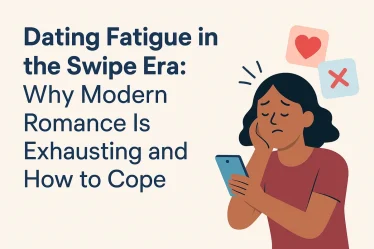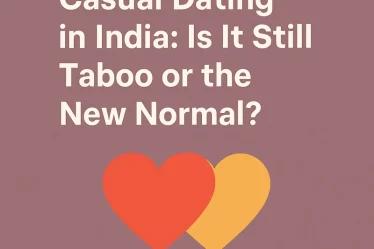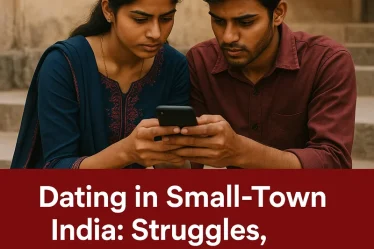
Arranged Marriages vs. Love Marriages: Pros, Cons, and Success Stories
Marriage, a pivotal institution across cultures, manifests primarily in two forms: arranged marriages and love marriages. Each carries distinct traditions, expectations, and outcomes. This article delves into the advantages and disadvantages of both, supported by statistical data, expert opinions, and real-life narratives.
Understanding Arranged and Love Marriages
Arranged Marriages: In arranged marriages, families—often parents—play a central role in selecting a spouse for their child. This practice is prevalent in regions like South Asia, the Middle East, and parts of Africa, emphasizing familial ties, social status, and cultural compatibility.
Love Marriages: Conversely, love marriages arise from individuals independently choosing their partners based on mutual affection and personal connection, with minimal familial intervention. This model is more common in Western societies but is gaining acceptance globally.
Pros and Cons
Arranged Marriages
Pros:
- Familial Support: These unions often enjoy robust family backing, providing a safety net during marital challenges.
- Cultural Continuity: They help preserve traditions, customs, and religious practices, ensuring cultural heritage is maintained.
- Practical Compatibility: Families consider factors like socioeconomic status, education, and values, potentially leading to stable partnerships.
Cons:
- Limited Autonomy: Individuals may have restricted input in partner selection, leading to compatibility issues.
- Pressure to Conform: Societal and familial expectations can coerce individuals into unsuitable matches.
- Potential for Abuse: Some arranged marriages may result in dysfunctional relationships, including abuse. en.wikipedia.org
Love Marriages
Pros:
- Personal Choice: Partners select each other based on love and mutual understanding, fostering deeper emotional bonds.
- Shared Interests: Couples often have common interests and values, enhancing compatibility.
- Adaptability: These marriages can adapt more readily to changing societal norms and individual aspirations.
Cons:
- Lack of Support: Without familial endorsement, couples might face challenges without a support system.
- Unrealistic Expectations: Romantic ideals can overshadow practical considerations, leading to disillusionment.
- Higher Divorce Rates: Some studies suggest love marriages have higher divorce rates compared to arranged ones. en.wikipedia.org
Statistical Insights
Research indicates that arranged marriages often have lower divorce rates. For instance, one study found a 4% divorce rate in arranged marriages, whereas autonomous marriages in the U.S. had a 40% divorce rate. However, these figures can be influenced by cultural norms, societal pressures, and legal frameworks that discourage divorce in certain communities.
Expert Opinions
Experts are divided on which form of marriage leads to greater satisfaction. Some argue that the pragmatic approach of arranged marriages sets realistic expectations, while others believe that the emotional foundation of love marriages fosters stronger bonds. Epstein suggests that, in many arranged marriages, love emerges over time, whereas neither autonomous nor arranged marriages offer any guarantees.
Success Stories
Arranged Marriage Success: A personal account from a traditional Muslim family highlights a successful arranged marriage. The couple met with family involvement, communicated extensively, and built a strong, loving relationship over time, demonstrating that arranged marriages can lead to fulfilling partnerships.
Love Marriage Success: The aftermath of the 2004 Indian Ocean tsunami led to numerous love marriages among survivors. Shared experiences during the disaster fostered deep bonds, resulting in marriages that played a crucial role in the psychological recovery and repopulation of affected areas.
Both arranged and love marriages have their unique advantages and challenges. The success of a marriage depends less on its initiation method and more on mutual respect, understanding, and commitment. As societies evolve, the lines between these two forms are blurring, leading to hybrid models that incorporate elements of both traditions.



